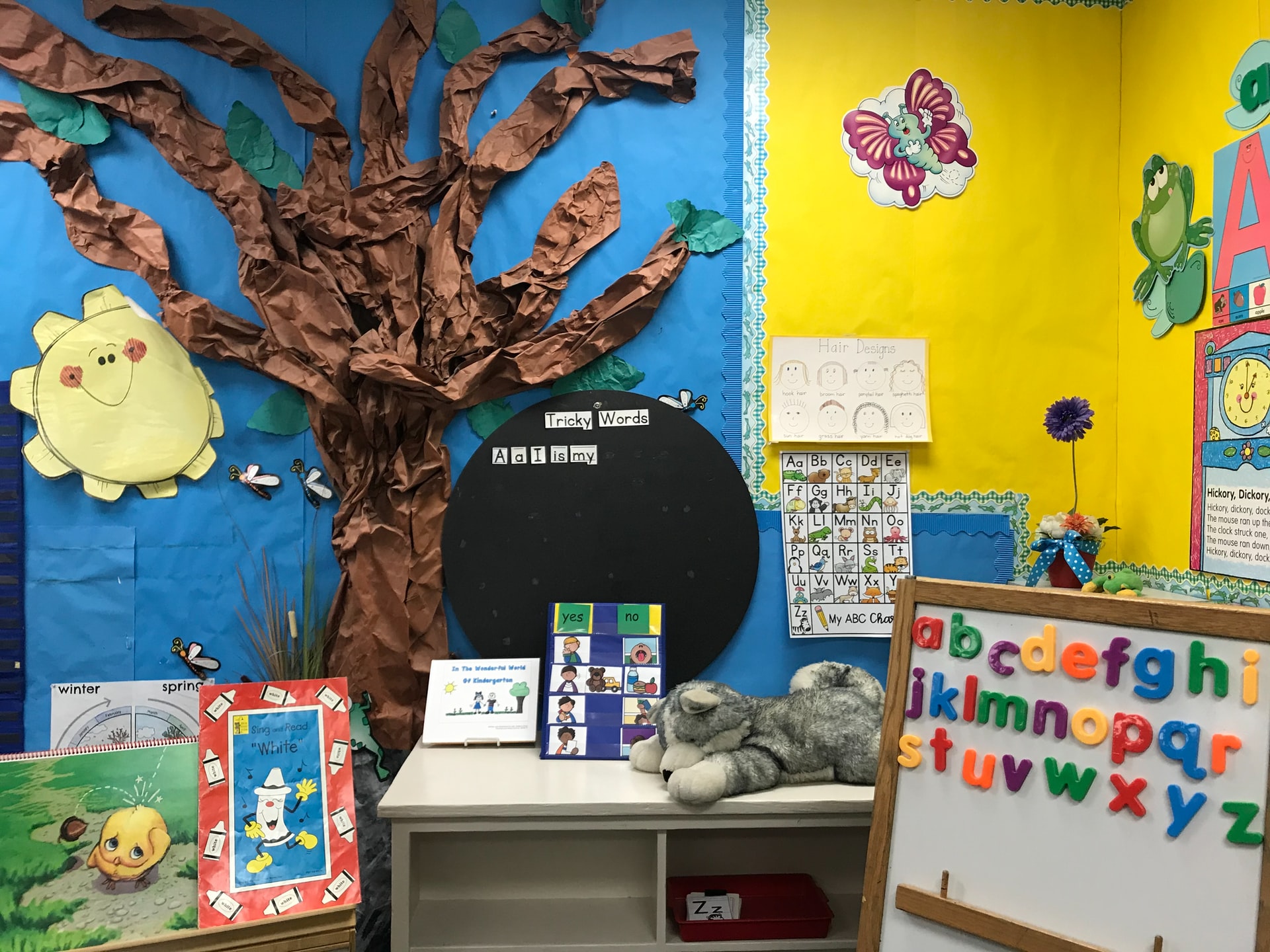Activities to Teach Students to Identify Plagiarism

Plagiarism is a serious issue in academia; it can lead to loss of credibility, academic penalties, damaged relationships, and legal consequences. As a teacher, it is important to educate your students about plagiarism and how to avoid it. In this article, we will explore some activities that can help teach students to identify plagiarism.
1. Discuss examples of plagiarism:
Start by providing examples of plagiarism, such as copying and pasting from a web page, submitting someone else’s work as your own, or paraphrasing an entire article without citing the source. Discuss these examples with your students, explain why it is wrong, and the possible consequences of plagiarism.
2. Use an online plagiarism checker:
Utilize online plagiarism checkers like Grammarly and Turnitin to show students how these tools can detect plagiarism. You can ask students to submit their work to these tools and compare the results. It can help them to understand how to avoid plagiarism.
3. Rewriting Exercise:
Provide your students with an original text that contains plagiarism and ask them to rewrite it in their own words without copying anything. This exercise will help them identify plagiarism in a text and understand how to paraphrase effectively.
4. Constructive use of citations:
Discuss the importance of citations and how to use them constructively. Students should be taught to cite their sources properly and adhere to different citation formats, including APA, MLA, and Chicago. This will help them to avoid plagiarism and give credit where it is due.
5. Encourage reflective practice:
Encourage students to reflect on their writing process and the sources they use for research. This can help them to understand the importance of acknowledging sources, paraphrasing, and avoiding plagiarism.
In conclusion, teaching your students to identify plagiarism is an important aspect of their academic journey. By using the above-mentioned strategies, you can help your students understand plagiarism, avoid it, and produce authentic, original work. These activities are not only beneficial for their academic success but also for the development of their integrity and ethics.


